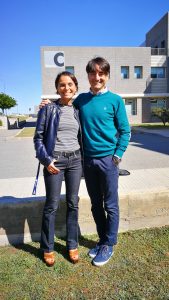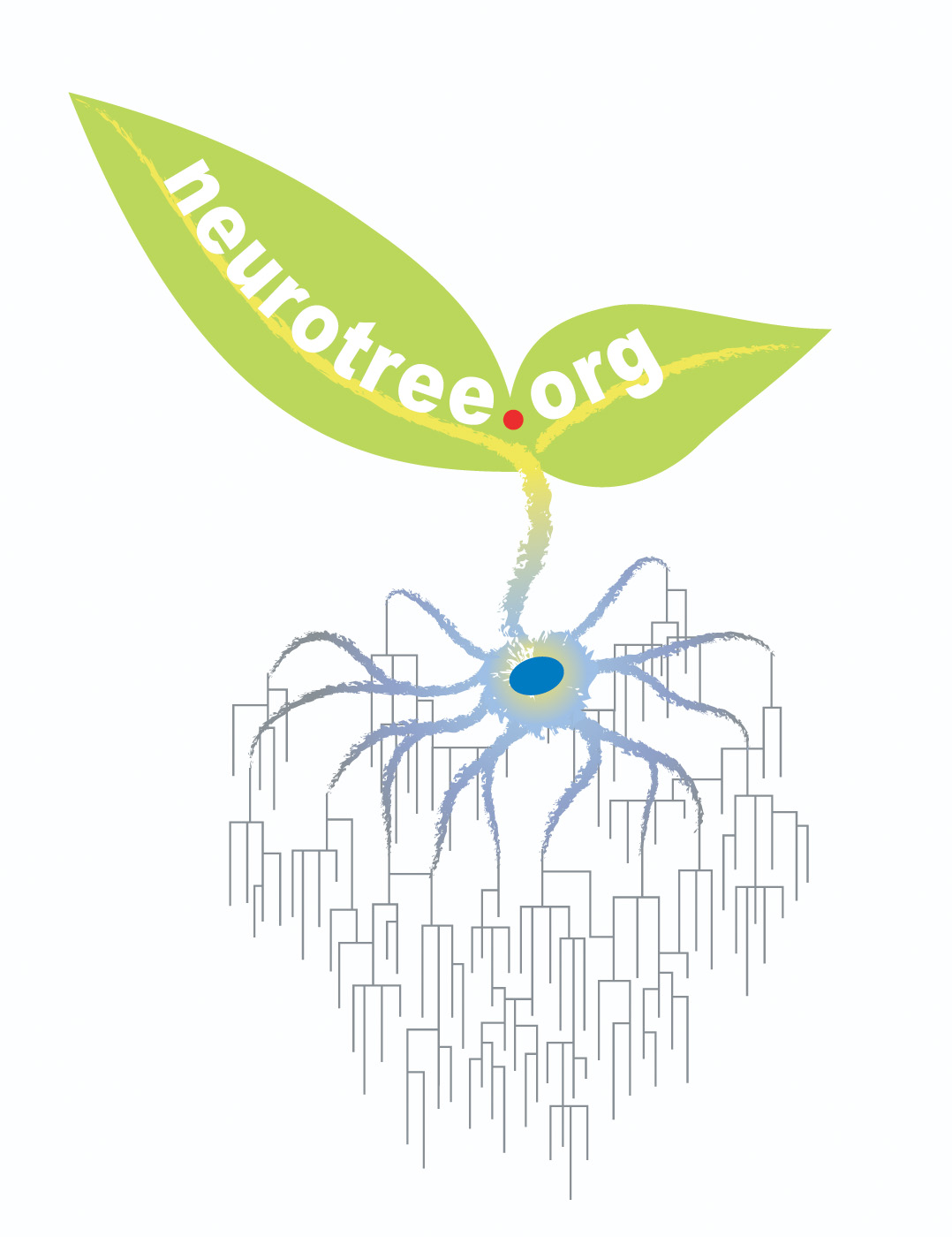Biography
 She received the degree in Pharmacy at the University of Palermo (Italy) in 1993, and trained in in vivo electrophysiology at the Department of Neuroscience “Bernard B. Brodie” (University of Cagliari, Italy) under the mentorship of GianLuigi Gessa in the lab led by Marco Diana, whose team focused on the understanding of cellular basis of acute and chronic effects of drugs of abuse on reward dopamine neurons. They discovered that the psychoactive ingredient of marijuana (THC) acts on these neurons similarly to alcohol and morphine. In fact, they provided for the first time electrophysiological evidence for the mechanisms of both THC acute recreational effects (Gessa et al., 1998; Diana et al., 1998a), and the state of dysphoria during withdrawal from its chronic use (Diana et al., 1998b). These studies laid the foundations for postulating the state of hypo-dopaminergia following chronic drug use (Melis et al., 2005), which subsequently was discovered also in addicted humans.
She received the degree in Pharmacy at the University of Palermo (Italy) in 1993, and trained in in vivo electrophysiology at the Department of Neuroscience “Bernard B. Brodie” (University of Cagliari, Italy) under the mentorship of GianLuigi Gessa in the lab led by Marco Diana, whose team focused on the understanding of cellular basis of acute and chronic effects of drugs of abuse on reward dopamine neurons. They discovered that the psychoactive ingredient of marijuana (THC) acts on these neurons similarly to alcohol and morphine. In fact, they provided for the first time electrophysiological evidence for the mechanisms of both THC acute recreational effects (Gessa et al., 1998; Diana et al., 1998a), and the state of dysphoria during withdrawal from its chronic use (Diana et al., 1998b). These studies laid the foundations for postulating the state of hypo-dopaminergia following chronic drug use (Melis et al., 2005), which subsequently was discovered also in addicted humans.
In 2000, she moved to San Francisco to the “Ernest Gallo Clinic and Research Center” (at UCSF) in the laboratory of Antonello Bonci, where she investigated on the effects of a single in vivo exposure to alcohol in the modulation of neuronal excitability and plasticity at synapses impinging upon dopamine neurons in vitro (Melis et al., 2002; Wanat et al., 2009). Upon her return to “Bernard B. Brodie” Department of Neuroscience in 2002, she discovered that dopamine neurons can also synthesize and release endocannabinoids (Melis et al., 2004a and b). For this discovery, which showed for the first time that endocannabinoids can fine tune dopamine neuronal activity both in vitro and in vivo, she was recipient of both the “Farmindustria-SIF Award” for Pharmacological Research and the NIDA Travel award for Society for Neuroscience held in San Diego.
She earned her PhD in Neuroscience in 2011 with Marco Pistis. During her PhD studies, she investigated with him the functional modulation of endocannabinoid-related molecules (i.e., fatty acid ethanolamines) on dopamine neuronal activity via a non-genomic mechanism downstream activation of a nuclear receptor transcription factor that is PPARα, by using a combination of electrophysiological, behavioral and biochemical approaches (Melis et al., 2008; 2010; 2013a). This work revealed a specific role of the interaction between the cholinergic system and PPARα on dopamine neurons (Melis et al., 2013b), which relates to diverse disorders associated with unbalanced dopamine-acetylcholine systems (e.g. depression, nicotine addiction, ADHD, stress). In 2010, she was a recipient of the “Award for Best innovative business idea” at the contest “Talento delle idee” (sponsored by Unicredit Group Bank and Confindustria) for technological transfer of a nutraceutical product to quit tobacco smoking.
In 2011, she visited the Department of Neuroscience at the Biomedical Center (University of Lund, Sweden) in the Experimental Epilepsy Group headed by Merab Kokaia, in order to master optogenetics (Berglind et al., 2014; Toft Sorensen et al., 2018). Upon her return, she remained in the same group led by Marco Pistis at Department of Biomedical Sciences. Over the past years, the findings on the interaction between cholinergic system and PPARα were extended to other brain regions and pathological conditions, such as epilepsy and depression (Puligheddu et al., 2013; Scheggi; Melis et al., 2016; Puligheddu; Melis et al., 2017). In particular, PPARα activation proves useful in both a pharmacological and a genetic mouse model of nocturnal frontal lobe epilepsy, which subsequently was successfully implemented in a clinical setting.
In 2016, she was appointed associate professor of pharmacology at the same Department of Biomedical Sciences in Cagliari. Her long term goal is to understand the neurobiological mechanisms (e.g., adaptations of both mesocorticolimbic dopamine pathway and endocannabinoid system) underlying resilience and vulnerability to neuropsychiatric disorders (e.g., substance use disorder, antisocial behavior, anxiety, depression).
From the top left,
clockwise,
the Bonci lab (2001),
with Marco Pistis (2014),
with Roberto Frau (2019),
and with Gian Luigi Gessa (2016).




